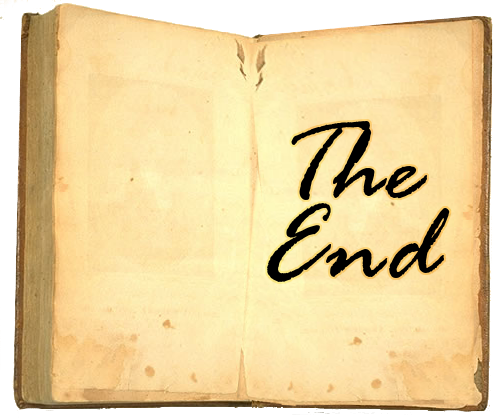Sometimes when we work on research with a client, they are very familiar with a specific kind of tool, or they have a strong understanding of how to understand a certain kind of data. Surveys are a good example. Most of us like the certainty of surveys – we can understand the statistical value of the data, the numeric nature of data makes good charts, and it can be organized and displayed in incredibly beautiful and insightful ways. When you use a survey, you’re a collector of data. Oh, you might add a few open-ended questions, but the bulk of everyday survey work is about things you know, and figuring out whether you can make a great discovery by connecting them, or organizing them in different ways, or by gathering new (but finite) facts. How many trees are in this photo? How often does the river overflow its banks? At what time is the light best for a photo like this one?
On the other hand, when you use qualitative research, it’s more like being an explorer. You don’t bother to guess what might be around the corner – you explore. You might do that observationally, by taking a walk in the woods or along the river’s edge, and taking photos, or making notes. Or, you could ask the person in the photo why they’re here. What led them to this spot? Have they explored here before? Are there things that might have been helpful on their journey so far?
The thing is, it’s difficult to be a collector and an explorer at the same time. The first requires precision, a certain fore-knowledge, and many data points to validate. The second requires a sense of wonder, an openness to the idea that the answers my not be easily quantifiable on a chart, but delivers a richness and depth of understanding that is hard to see in a pie chart. Both are necessary, and each kind of understanding of your customer, your market, your operations, deserves your attention and care. When you have big questions that need answering, think about whether you need to be a collector or an explorer, and it will help you decide how to structure your research in a way that matches with the hat you’re wearing for this project.
I’m Megann Willson, and I’m the CEO and one of the Partners here at PANOPTIKA. Our company name means “see everything”, because we help our clients see everything they need to know, to make better decisions. If you’re wrestling with the right kind of approach to get the answers you need so you can find, know, or keep more customers, we can help. For more ideas like this, follow us on Twitter, LinkedIn, or Facebook – and if you want insights delivered direct to your inbox, you can subscribe by clicking the orange button, below.


